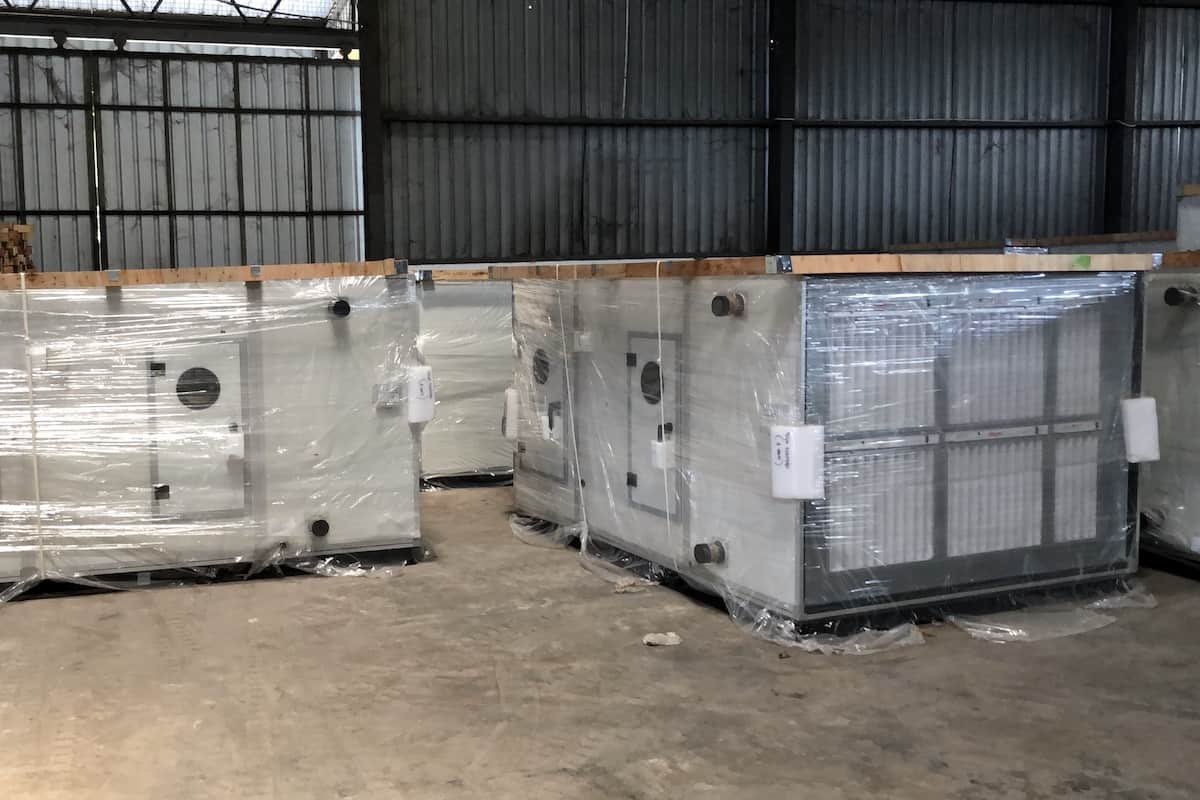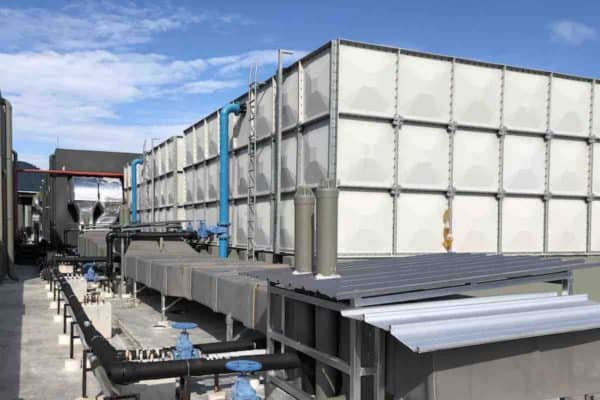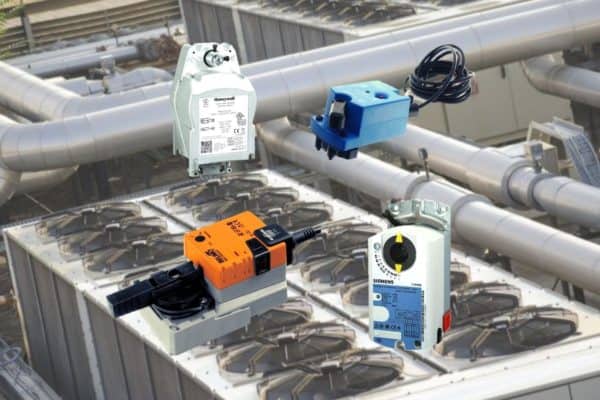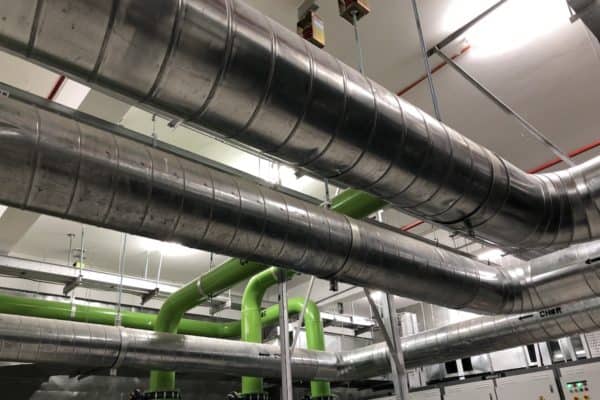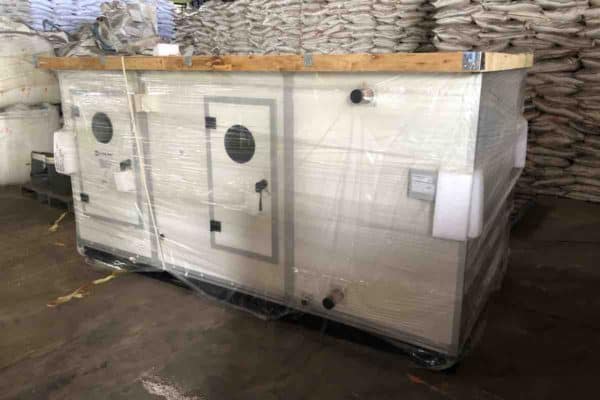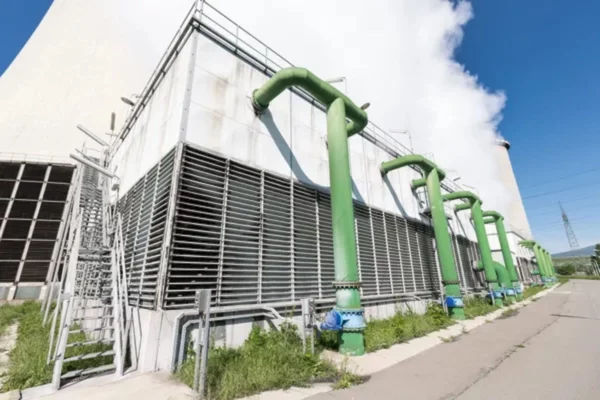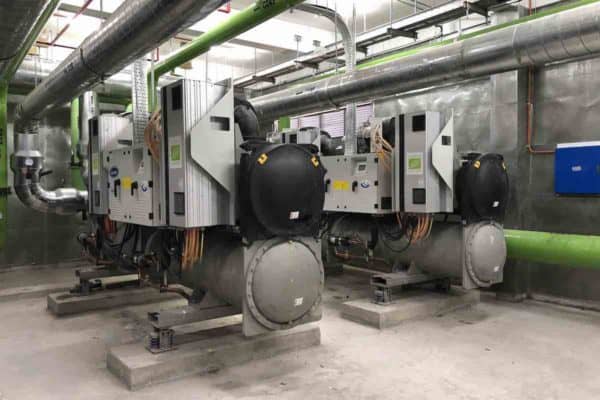What is Double Skin in AHU? (vs Single Skin)
If you are dealing with air handling units, you definitely come across the term double skin. Air handling units can be constructed in either single skin or double skin. So, what is double skin in AHU and what’s the difference between a single skin and a double skin AHU?
Double skin air handling units have a casing that is constructed of two galvanized metal sheets with a layer of polyurethane insulation sandwiched in between. Single skin air handling units have a casing that is made of a single sheet of galvanized steel with a layer of polyethylene insulation on the inside.
The casing construction has a few critical impacts on the performance of air handling units. Understanding the differences between a single skin and a double skin AHU can help you make a better decision.
What is a Double Skin Air Handling Unit?
Air handling units or AHUs have a casing with several removable panels. These panels are usually insulated with polyurethane foam.
Polyurethane (PU) foam is a good insulator.
Polyurethane (PU) foam is a type of insulation that starts in a liquid form during the pouring process and ends in a solid state when finished.
Hence, it needs something to hold it together while it solidifies.
So, two galvanized metal sheets are used to hold the polyurethane (PU) foam. When the polyurethane (PU) foam solidifies, they together form an insulated panel.
Air handling units (AHUs) that use such insulated panels are known as double skin air handling units (AHUs).
Double skin air handling units (AHUs) usually have a panel thickness of 50mm (2″). Panel thickness is referring to the polyurethane (PU) insulation thickness in AHU.
One of the two galvanized metal sheets of a double skin air handling unit (AHU) is inside the unit while the other one is outside the unit. The inside one is often known as the internal metal sheet and the outside one is known as the external metal sheet.
The metal sheet thickness (internal and external) of double skin air handling units (AHUs) is often around 0.5-0.6mm (1/50-1/40″).
The internal metal sheet is not colored while the external metal sheet is powder coated to the preferred color.
On a side note, if you want to quickly learn about chilled water system, you can get my Chilled Water System (eBook). If you’re into design, you can enroll in my Chilled Water System Design Course where I teach you various design procedures with tons of examples.
Chilled Water System Design Course
Learn how to design a chilled water system with AHU/FCU selection, chiller sizing, cooling tower sizing, pump sizing, piping design, ductwork design and more.
Single Skin vs Double Skin Air Handling Units
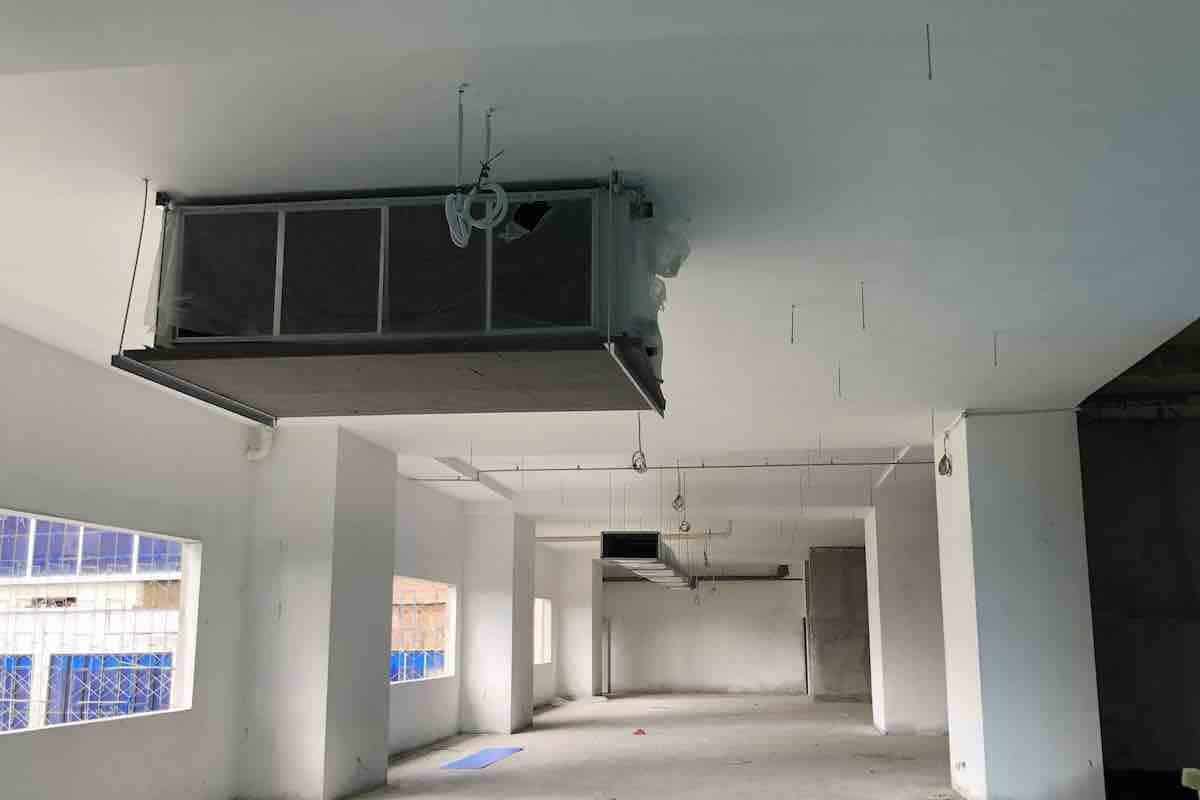
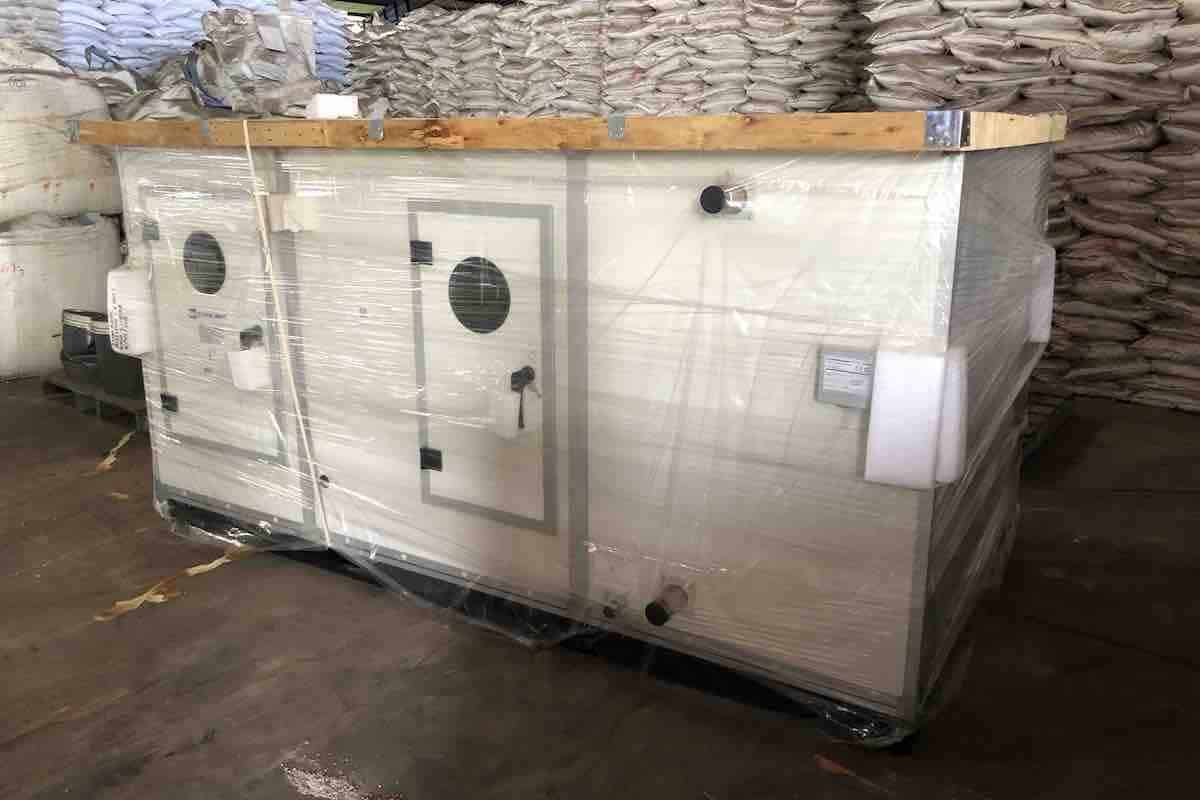
Single skin air handling units can be very similar to double skin air handling units in terms of capacity and airflow. However, they both have a few critical differences:
1. Double Skin Air Handling Units are More Expensive
Single skin air handling units (AHUs) have only one galvanized metal sheet. The polyethylene (PE) foam used in single skin air handling units (AHUs) is only about 9.5mm (3/8″) thick.
On the other hand, double skin air handling units (AHUs) have two galvanized metal sheets with a layer of PU insulation at 50mm (2″) thick.
Hence, double skin air handling units are more expensive than single skin air handling units.
2. Double Skin Air Handling Units Have Better Insulation
Most of the time, single skin air handling units don’t have a thick layer of insulation. As the airflow increases, PE form that is glued onto the metal sheet on the inside may give away.
Contrarily, the PU insulation thickness of double skin AHUs can be increased depending on the applications and requirements. The two galvanized metal sheets can simply be widened to allow a thicker layer of PU insulation to be filled.
So, double skin air handling units have better insulation than single skin air handling units.
3. Double Skin Air Handling Units are Quieter
Double skin air handling units are quieter than single skin air handling units because double skin air handling units have thicker casing panels.
4. Double Skin Air Handling Units are More Sturdy
Double skin air handling units are stronger and sturdier than single skin air handling units because they are constructed with an additional layer of metal sheet.
In addition, the solidified polyurethane (PU) foam also added strength to the overall structure of double skin AHUs.
When to Use a Double Skin Air Handling Unit?
Air handling units (AHUs) are often used for higher-capacity units. For smaller capacity units, they are more commonly known as fan coil units (FCUs).
However, there is no limitation to what you want to call them.
By default, air handling units are double-skinned. Whereas fan coil units are single-skinned.
Nonetheless, double skin air handling units are used when there is a strict requirement for noise controls. Furthermore, double skin AHUs are also selected when good thermal insulation is required.
For instance, fresh air units or pre-cooled air handling units almost always have double skin insulated panels to prevent condensation. But, if low cost is a higher priority or it is a small capacity application, single skin AHUs will be a wiser choice.
Once again, you can get my Chilled Water System (eBook) to quickly learn more about chilled water system. But, if you want to learn how to design a chilled water system from start to end, I encourage you check out my Chilled Water System Design Course.
Chilled Water System Design Course
Learn how to design a chilled water system with AHU/FCU selection, chiller sizing, cooling tower sizing, pump sizing, piping design, ductwork design and more.
If you have anything to add (or ask) about this topic, leave a comment down below!


